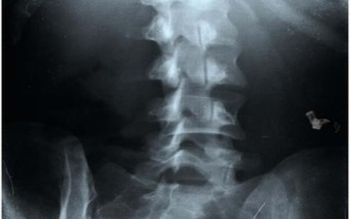
News



Using the same technology found in clothing tags used in retail store tracking systems, a study from the University of North Carolina at Chapel Hill shows that surgical sponges with implanted radio frequency (RF) tags may be an effective adjunct to manual counting and X-ray detection in preventing sponges from being left behind in patients following a surgical procedure.





















Taking a vision for systemic change and turning it into reality is like building a home. Once the plans are decided upon, a foundation and framework must be constructed in order for the house to stand on its own. Similarly, when implementing sustained, system-wide change into complex healthcare organizations, it is critical to have a vision, strategies and tactics in place (as shared in the first article in the series), as well as a strong foundation and framework to bring about change and maintain it over time.

Despite knowing that vaccination is a patient-safety imperative, many healthcare professionals are not immunized against influenza. Healthcare institutions are trying to change that by mandating vaccination for its workers, and one of the biggest success stories has been unfolding for the last five years at Virginia Mason Medical Center (VMMC), a tertiary-care, multi-specialty medical center in Seattle with 5,000 employees.

Sodium hypochlorite, or common bleach, is one of the most widely available disinfectants on the market today, and is seeing a resurgence in popularity within healthcare settings, with the advent of harder-to-kill pathogens such as C. difficile spores and methicillin-resistant Staphylococcus aureus (MRSA).



